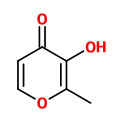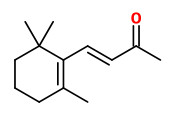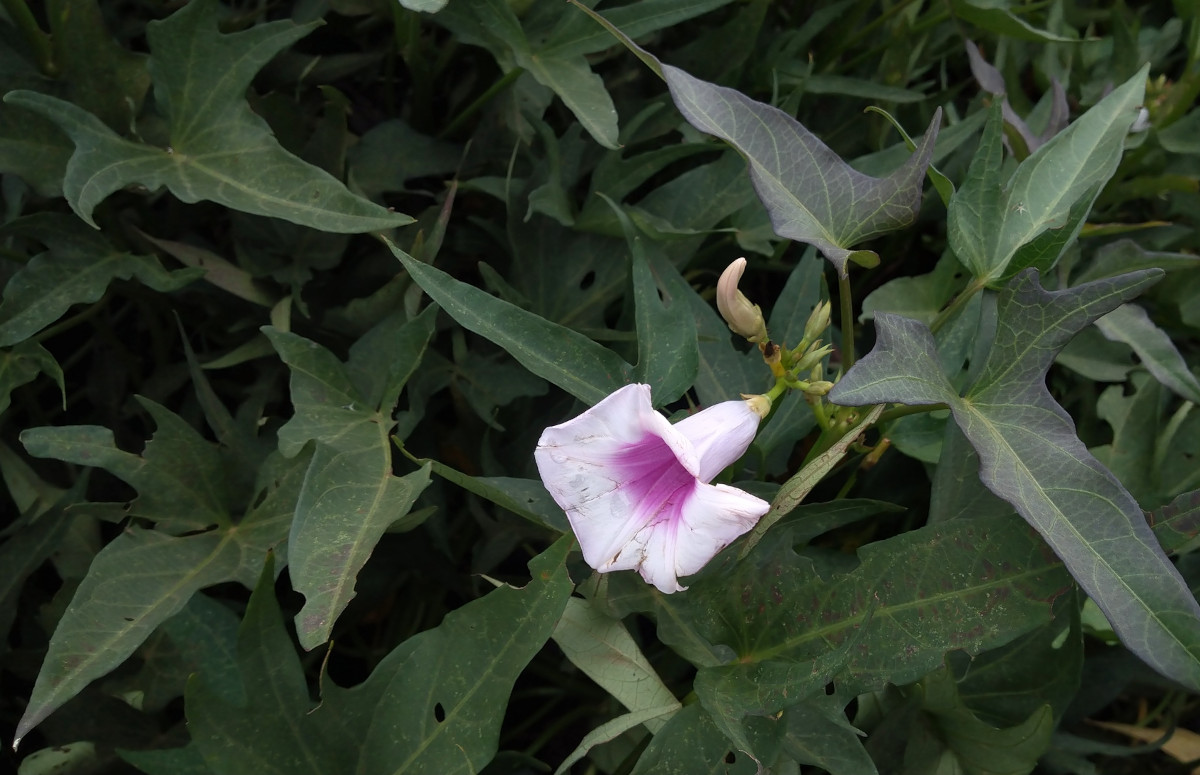Ipomoea batatas (L.) Lam. - syn.Convolvulus batatas L. - Convolvulaceae - sweet potato, Süßkartoffel, Batate
Annual herb, native to Central and South America, cultivated since ancient times; tubers, fusiform or elongated; stems prostrate or ascending, rarely twining, sap milky; leaves broadly ovate to circular, palmately 3-5(-7)-lobed; flowers campanulate to funnelform, pink, white, pale purple to purple, with a darker center; fruit a ovoid capsule.
„Ipomoea batatas is a productive and adaptable crop. Its tubers are an important source of food, starch, and raw material for producing alcohol. The stems and leaves can be used as livestock forage.“ efloras.org
„The edible tuberous root is long and tapered, with a smooth skin whose color ranges between yellow, orange, red, brown, purple, and beige. Its flesh ranges from beige through white, red, pink, violet, yellow, orange, and purple. Sweet potato varieties with white or pale yellow flesh are less sweet and moist than those with red, pink or orange flesh.“ wikipedia
„Upon heating (200°C), sweet potato root material that was insoluble in methanol and methylene chloride produced similar volatile profiles to those from sweet potatoes baked conventionally. Volatiles derived via thermal degradation of the nonpolar methylene chloride fraction and the polar methanol fraction did not display chromatographic profiles similar to those from conventionally baked sweetpotatoes. Maltol (3-hydroxy-2-methyl-4-pyrone) was found to be one of the critical components making up the characteristic aroma of baked sweetpotatoes…
 maltol (sweet caramel) |  5-hydroxymethyl furfural (HMF) (buttery caramel) |  β-ionone (woody sweet) |  phenylacetaldehyde |
Thermal degradation of the polar fraction produced acetol, furyl aldehyde, furfuryl alcohol, and 5-hydroxymethyl-2-furfural (HMF). The major components of the polar fraction included fructose, glucose, and sucrose and the volatiles identified were typical sugar-derived volatiles. Based on the absence of a number of the volatiles in the polar fraction found in the sweet potato sample, components within the polar fraction did
not appear to significantly contribute to the overall volatile profile. Volatiles identified from the nonpolar fraction included acetol, furyl aldehyde, 5-methyl-2-furfural, furfuryl alcohol, and ß-ionone. Acetol, furylaldehyde, 5-methyl-2-furfural, and furfuryl alcohol appear to be synthesized from sugars (glucose, fructose, and sucrose). Based upon the presence of ß-carotene in the nonpolar fraction, volatiles derived from the thermal degradation of ß-carotene would be anticipated. Of the typical ß-carotene thermal degradation volatiles, only ß-ionone was found in detectable quantities… Maltol was found only in the insoluble fraction and thermolyzed sweet potatoes. The thermal degradation products of sugars, with or without maltose, were devoid of maltol. These results indicate that the formation of maltol is dependent upon substances other than or in addition to sugars. A previous report indicated that maltose was the efficient precursor for maltol in the presence amino acids. An amino-carbonyl reaction appears, therefore, to be critical for the synthesis of maltol and the characteristic aroma of baked sweetpotatoes. 1-Deoxyhexosone, a methyl dicarbonyl intermediate derived from amadori compounds, has been proposed to be a common precursor of maltol, which is formed upon the release of two molecules of water. Since the volatile thermolytic products from the sugar standard and maltose did not contain maltol, it would appear that the synthesis requires the presence of an appropriate nitrogen source, e.g., amino acids or proteins.“
[Identifying Critical Volatiles in the Flavor of Baked 'Jewel' Sweetpotatoes [Ipomoea batatas (L.) Lam.]., Sun, J.B., Severson, R.F., Schlotzhauer, W.S., Kays, S.J., Journal of the American Society for Horticultural Science, Vol.120(3), 1995, 468-474] PDF
„…an aroma extract of baked `Jewel' sweetpotatoes was obtained using a cold solvent trap system and analyzed by gas chromatography (GC), gas chromatography-mass spectrometry (GC-MS) and gas chromatography olfactometry (GCO) using aroma extract dilution analysis (AEDA). GC with a flame ionization detector (GC-FID) revealed ≈60 compounds presented in the aroma extract, of which 48 were identified. Olfactory evaluation of the eluted compounds using GC with a thermal conductivity detector (GC-TCD) indicated the presence of 37 odor-active peaks in the aroma extract. Three compounds, phenylacetaldehyde (perfume), maltol (caramel), and methyl geranate (2,6-octadienoic acid, 3,7-dimethyl-, methyl ester) (sweet candy) possessed the highest flavor dilution (FD) values (1500) via AEDA. 2-Acetyl furan (baked potato), 2-pentyl furan (floral), 2-acetyl pyrrole (sweet, caramel), geraniol (sweet floral), and β-ionone (violet) had FD values of 1000. These compounds are thought to be the most potent odorants in baked `Jewel' sweetpotatoes. Additionally, 1,2,4-trimethyl benzene, 2-furmethanol, benzaldehyde, 5-methyl-2-furfural, linalool, isopulegone, n-decanal, 2,4-decadienal, octyl ketone, α-copaene, 4-decanolide, and one unidentified compound were also contributors to the aroma. There was not a character impact compound that comprised the basic baked sweetpotato aroma.“
[Wang, Yan, and S. J. Kays. „Contribution of Volatile Compounds to the Characteristic Aroma of BakedJewel'Sweetpotatoes.“ Journal of the American Society for Horticultural Science 125.5 (2000): 638-643]
„The average content of the total VOCs in 40 sweetpotato varieties was 1.86 ± 0.81 mg/kg FW, ranging from 0.78 mg/kg (‘Zheshu 13’) to 3.55 mg/kg (‘Colo’). Notably, the average content of aldehydes was 0.94 ± 0.58 mg/kg, ranging from 0.33 mg/kg in ‘Menglazihongpi’ to 2.53 mg/kg in ‘Colo’ (Fig. 2B), which was the highest content among all VOCs. The 20 aldehydes in sweetpotato could be divided into two groups: (1) phenylalanine derivatives, like benzeneacetaldehyde and benzaldehydes; (2) saturated and unsaturated C6-C9 compounds or their derivatives… hexanal, (E,E)-2,4-decadienal, benzeneacetaldehyde, benzaldehydes and (E,Z)-2,4-decadienal were the main aldehydes in sweetpotato and their contents accounted for more than 70% of the total aldehydes contents.“
[Zhang, Rong, et al. „Characterization of volatile compounds profiles and identification of key volatile and odor-active compounds in 40 sweetpotato (Ipomoea Batatas L.) varieties.“ Food Chemistry: X 25 (2025): 102058.]
Vitamin A equivalent of orange-fleshed sweet potatoes (258-1338 RE/100g) was much more than of white-fleshed cultivars (0.1-6.6 RE/100g).
[Influence of age, farming site, and boiling on pro-vitamin A content in sweet potato (Ipomoea batats (L.) Lam.) storage roots., K'osambo, L.M., Carey, E.E., Misra, A.K., Wilkes, J., Hagenimana, V., Hill, W.A., Loretan, P.A., Journal of Food Composition and Analysis, 11(4), 1998, 305-321]
PDF
„Vitamin A deficiency (VAD) persists in Uganda and the consumption of β-carotene-rich orange sweet potato (OSP) may help to alleviate it… Introduction of OSP to Ugandan farming households increased vitamin A intakes among children and women and was associated with improved vitamin A status among children.“
[Introduction of β-carotene-rich orange sweet potato in rural Uganda resulted in increased vitamin A intakes among children and women and improved vitamin A status among children., Hotz, C., Loechl, C., Lubowa, A., Tumwine, J.K., Ndeezi, G., Masawi, A.N., Gilligan, D.O., The Journal of nutrition, Vol.142(10), 2012, 1871-1880]

Addisonia, vol.9 t.306 (1924) [M.E.Eaton] plantillustrations.org

Ipomoea batatas, Kamwenge District, Uganda (2022) © Henrik Bjerresø CC BY-SA 4.0 inaturalist.org
